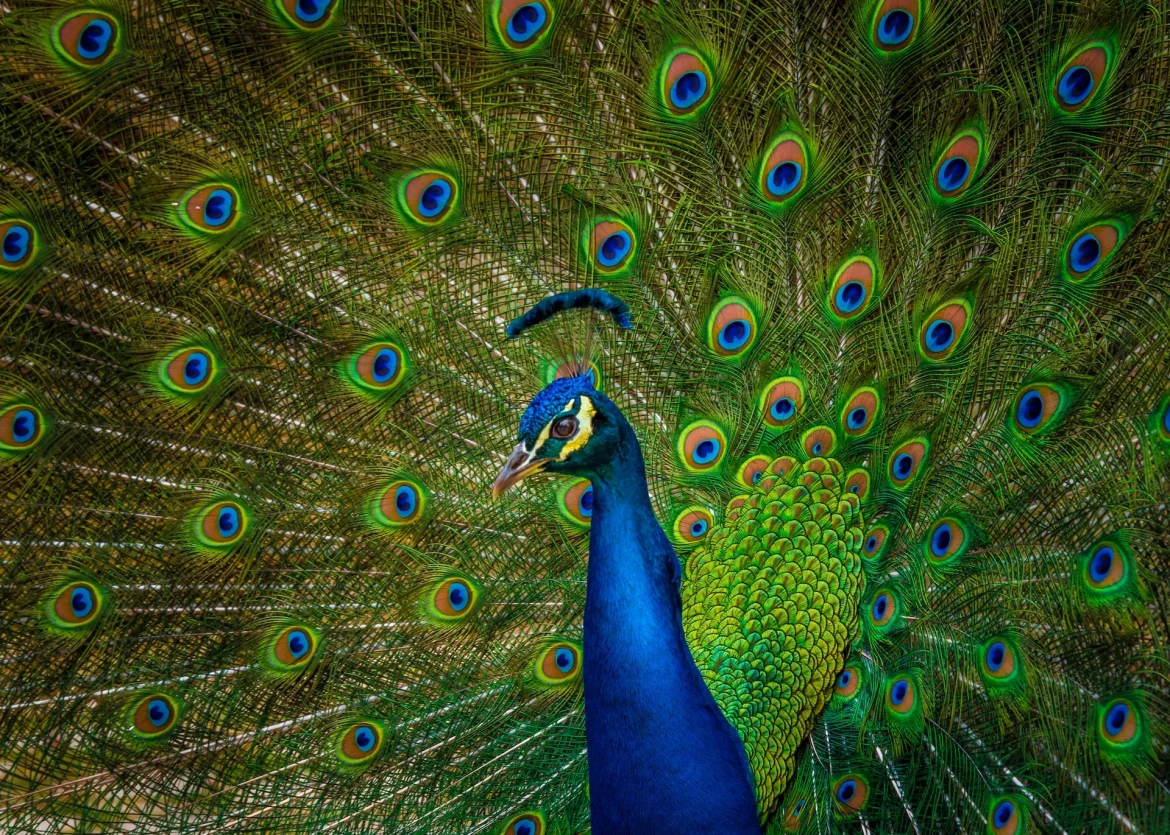A new study suggests that in the animal kingdom, female animals learn from other females when it comes to preferring distinctive males as mates.
Sexual selection, as seen in traits like the long, elaborate tail of a peacock, focuses on enhancing an animal’s chances of attracting a mate rather than improving survival abilities. Such traits can actually be hindrances when it comes to evading predators.
Typically, males compete for access to females since their investment in offspring, often limited to sperm, is much less substantial than the effort females put into producing eggs, undergoing pregnancy, and potentially raising offspring. Thus, it’s more costly for a female to mate with a poor-quality male than vice versa, as males can quickly move on to other females.
This dynamic has led to the evolution of various sexually-selected male traits across the animal kingdom and the development of selective female preferences. Historically, scientific focus leaned toward male interactions, often overlooking the role of females in shaping evolution. However, researchers are now paying more attention to the fascinating effects of female agency.
A recent study from Florida State University in the US introduced a mathematical model to help explain some gaps in sexual selection theories. To understand what makes a male attractive in the animal kingdom, it’s important to consider various factors. In terms of looks, female orangutans are most attracted to males with the largest cheek pads or flanges, while female swordtail fish are drawn to males with the longest “swords.”

Female animals choose mates based on sex, study finds
However, attractiveness isn’t solely about physical appearances. For instance, male ring-tailed lemurs with the most pungent scent attract the most females. Complex traits also play a role, such as the song and dance moves of birds of paradise or the intricate crop-circle patterns made by male Japanese puffer fish to impress females.
Interestingly, not all cases involve males competing for female attention. In some instances, like male stalk-eyed flies selecting females based on eye distance, males are the ones making choices based on specific traits.
Current theories of sexual selection suggest that animals choose mates with signs of good genes, such as long, elaborate tails, which signal the ability to produce healthy offspring. Alternatively, traits that appear hindering yet allow survival may indicate high genetic quality. Sensory bias theories suggest that mating preferences are by-products of natural selection of the senses.
However, none of these theories fully explain why there’s so much variation in male traits within the same species or why female preferences can change over time or across species. The new study explores whether female mate choices are influenced by observing more experienced females select their mates. It’s well-documented that animals can learn from observing others, similar to how young crows learn basic stick tool-making from their parents.
In terms of mate choice, females watching other females with a particular male are more likely to select that male themselves or one with similar traits. The researchers based their model on the inferred attractiveness hypothesis, where inexperienced females compare the qualities of a male chosen by an experienced female to those of all males.
For example, if an inexperienced female observes an experienced female with a brightly colored male, she might seek a brightly colored mate as well. This could lead to an increase in bright coloration among males and a reduction in variation. However, this hypothesis still doesn’t entirely account for the diversity observed among males.
This US study is the first to consider that females may not always accurately interpret the qualities that make a male attractive when trying to replicate the choices of more experienced females.
References: https://theconversation.com/female-animals-teach-each-other-to-choose-unusual-males-new-research-214751


Leave a Reply